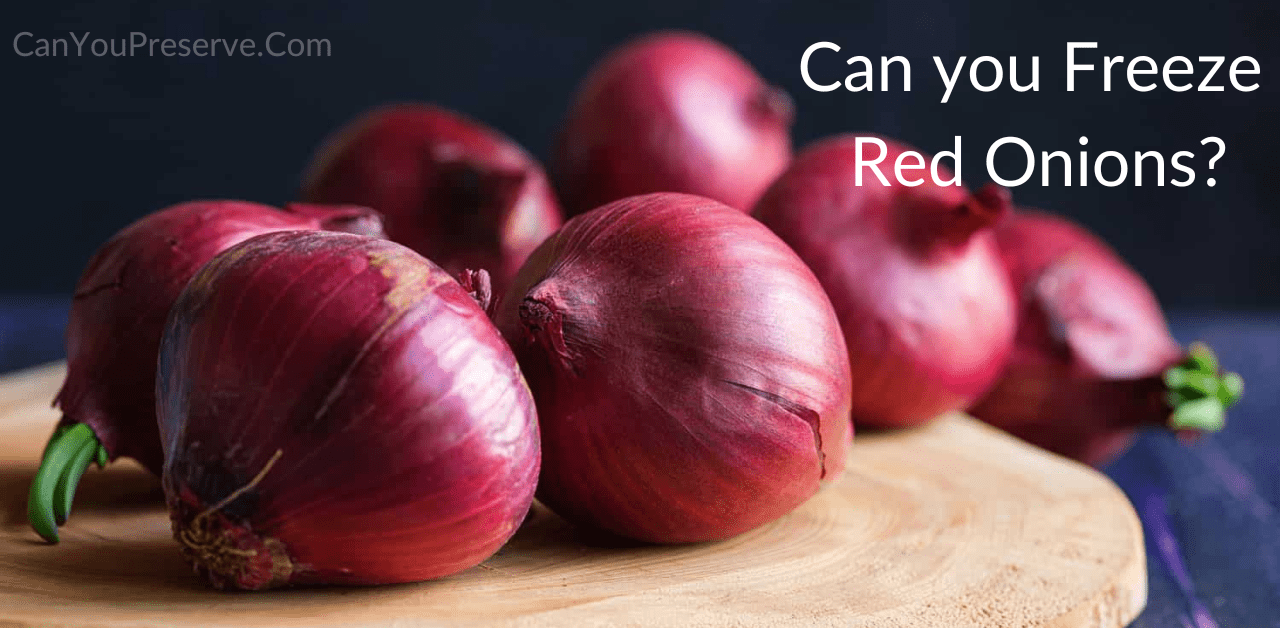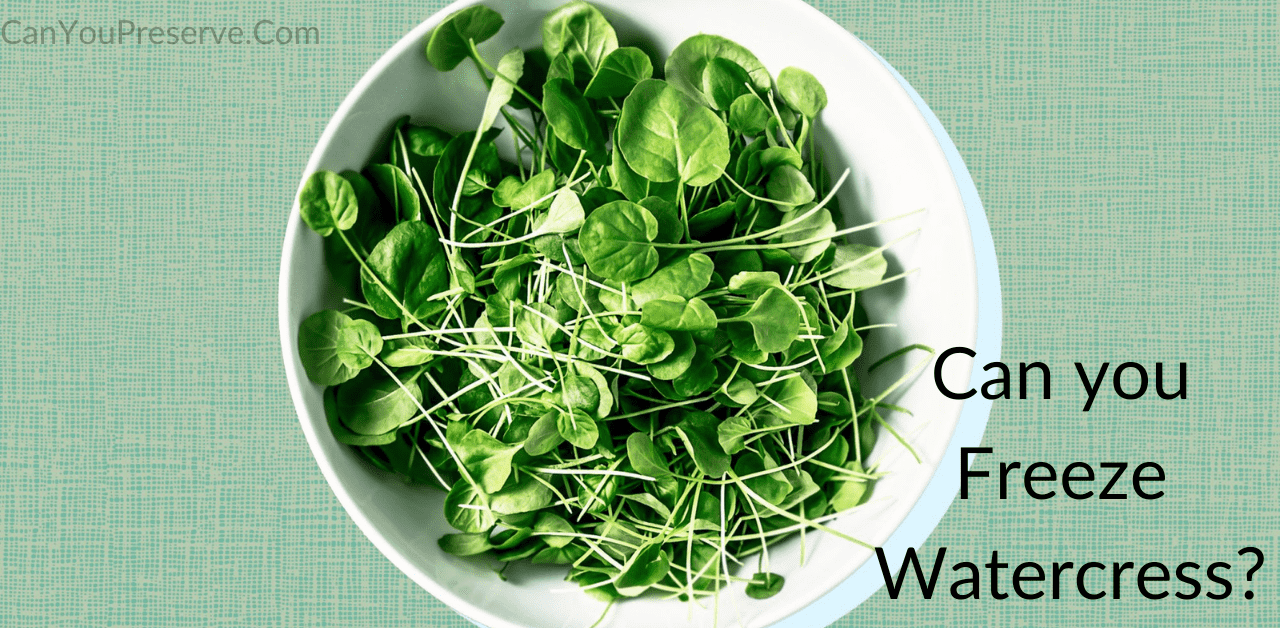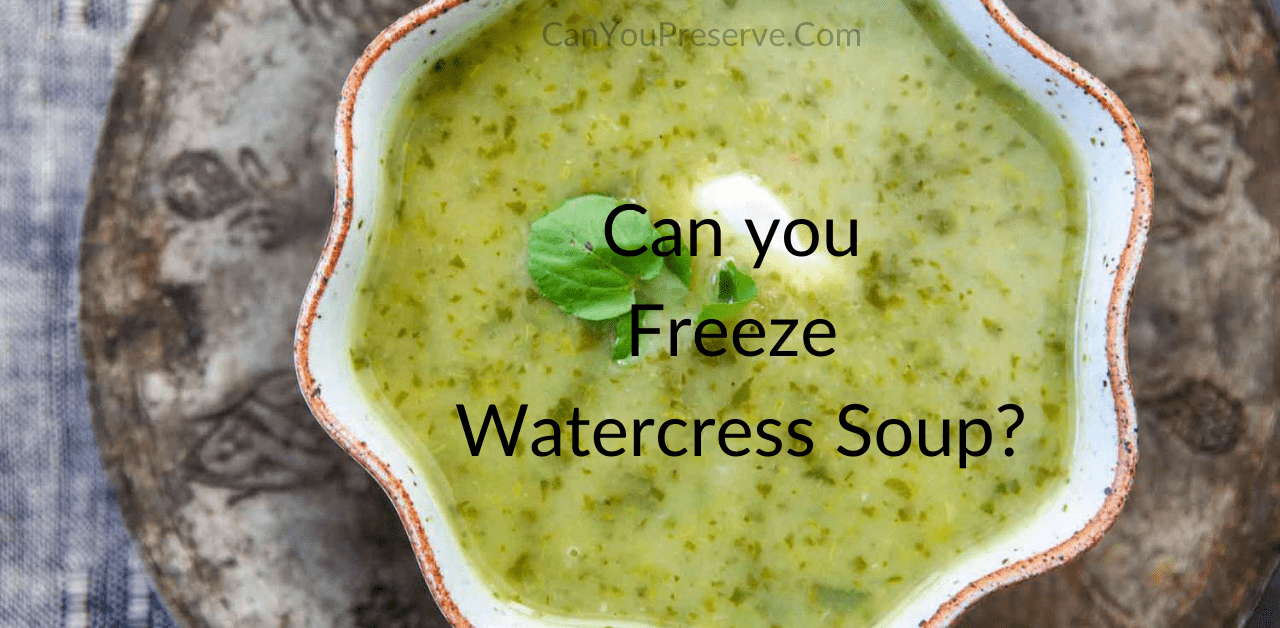Can You Freeze Artichoke Dip?: Here’s the first thing you need to know about artichoke dip – if you mix spinach with your artichoke, you will end up with a dip that is versatile enough for nearly all kinds of snacks. The second thing that you need to know about the dip is that you must enjoy it fresh.
Now, naturally, you’ll be wondering what happens if you have leftovers from a house party. Can you freeze spinach artichoke dip? This guide will give you all the information you need about freezing or not freezing artichoke dip.
- Can You Freeze Artichoke Dip?
- How To Freeze Artichoke Dip?
- How Long Can You Freeze Artichoke Dip?
- How To Defrost Artichoke Dip After Freezing It?
- Tips And Tricks To Follow When Freezing Artichoke Dip
- Can You Refreeze Artichoke Dip After Defrosting It Once?
- Does mayonnaise or cream freeze well or is it likely to ruin the consistency of the artichoke dip after freezing?
- What are the alternatives to using mayonnaise while preparing artichoke dip?
- Does Artichoke Dip Freeze Well?

Can You Freeze Artichoke Dip?
Yes, Artichoke dip can be frozen safely. But, you will have to finish the frozen dip within a period of about two and a half to three months. We get the effort it takes to prepare the perfect bowl of artichoke dip. But, it is highly likely that you will have some leftovers.
If you’re ever in such a situation, you can rest assured knowing that the dip is not going to go to waste. We’ll explain the entire process in comprehensive detail further ahead in the article. In fact, you can also preserve the fresh flavour to a certain extent if you do the freezing process right.
How To Freeze Artichoke Dip?
There are essentially two ways of freezing artichoke dip. Rather, it would be better to say that there are two types of artichoke dip that you can consider freezing. These are baked artichoke dip and unbaked artichoke dip.
The methods that you need to follow for both these types are slightly different from one another. The following sections will explain exactly how to go about the processes.
Baked artichoke dip means that the dip is already fully prepared and ready to be consumed. For such dips, the process to freeze them is as follows –
- The first step is to allow the dip to return to room temperature from its cooking temperature. This step is important because unless the dip is free of water vapour fumes, you’re going to end up with an excessively watered-down version of the dip once you freeze it.
- Once the dip has cooled down to a normal temperature, transfer all of it or portions of it, based on how much you want to eat at different times, into a container that can withstand freezing temperatures. Make sure that the containers are airtight.
- Make sure that you write down the date on which you prepared the dip and when you’re freezing it. This should help you in getting through the older stock first.
- And finally, you’re ready to place the container in your freezer for the dip to freeze.
Freezing Unbaked Artichoke Dip
The unbaked dip is basically the stage before you’ve gone ahead and prepared the dip for final consumption. There are a few additional steps in the process of freezing the unbaked dip.
- While you’re in the initial stages of preparation, be sure to follow a recipe that makes a dip that is safe for freezing.
- Next, apportion the dip that you’ve prepared into separate containers made of aluminium. Alternatively, you can simply store in Ziploc baggies.
- Depending on whether you’ve used aluminium containers or whether you’ve used Ziplocs, your next step is to tightly wrap it in foil (if you’ve stored it in an aluminium container), or vacuum seal it (if you’ve used Ziploc baggies).
- And that’s all! Now simply make sure to note the date of preparation on the baggies and place them in your freezer.
Read More:
How Long Can You Freeze Artichoke Dip?
If you’ve frozen artichoke dip then you have about two and a half to three months before the dip starts to go bad. In general, the shelf life of frozen artichoke dip when it is baked is about 2 months. But, if you’ve left it unbaked before freezing, then it might stay edible for up to 3 months.
Bear in mind that beyond a certain point, artichoke dip changes in texture. The water component of the preparation can also separate from the solid particles of artichoke or spinach. Usually, you just need to remix it with a spoon and you should be good to go.
How To Defrost Artichoke Dip After Freezing It?
Once you’re ready to use the frozen artichoke dip, you just need to take it out of the freezer, transfer it to a different container, and then place it in the refrigerator for a few hours as it defrosts entirely.
Once it has warmed up a bit, you can put it out for everyone to enjoy with nachos! You might have to give it a whirl in the mixer again because it is very likely that the water component and the solid component of the dip have separated.
Tips And Tricks To Follow When Freezing Artichoke Dip
You now know the exact method of freezing artichoke dip and then defrosting it when you finally want to eat. But, here are some great tips to get the most out of the artichoke dip in your freezer!
- If you’ve baked the artichoke before realising that you need to freeze it, make sure that you allow the dip to return to room temperature or at a temperature where it’s not releasing any water vapour. The presence of water vapour will make the dip extremely watery when you freeze it and defrost it for later use.
- It’s best to store artichoke dips in moderate-sized portions and in airtight packaging because refreezing artichoke dip is not particularly advisable
- Unbaked artichoke dip is likely to have a better shelf life than baked artichoke dip. Therefore, when possible, freeze the dip before you bake it!
Can You Refreeze Artichoke Dip After Defrosting It Once?
No, you cannot refreeze the artichoke dip after having defrosted it once. The simple reason is that the dip is usually made using dairy items such as milk, cheese, cream and mayonnaise. These ingredients tend to go bad if they’re not consumed after defrosting it once.
This is mainly why we’ve been advising you to divide the artichoke dip into small portions such that you can finish one portion in one go.
To know about other varieties of dips like spinach you can check out our Can You Freeze Spinach Dip and clear your queries.
FAQs on Can You Freeze Artichoke Dip
1. Does mayonnaise or cream freeze well or is it likely to ruin the consistency of the artichoke dip after freezing?
Mayonnaise and cream don’t usually freeze entirely. They simply become colder and maybe a little thicker. But, never fully frozen. Therefore, there is a chance that you will have to remix the artichoke after you’ve defrosted it.
2. What are the alternatives to using mayonnaise while preparing artichoke dip?
If you want ingredients that freeze uniformly with the rest of the dip thereby ensuring that your dip’s consistency remains, well, consistent, we’d suggest using ingredients like milk, cheese, full-fat cream, or even parmesan cheese.
3. Does Artichoke Dip Freeze Well?
Artichoke dip, especially preparations that are made using cheese or milk, freezes extremely well and maintains a uniform consistency for the most part. If, however, you have used mayonnaise to prepare your dip, it will freeze but you may have to remix it to ensure that you have a uniform consistency.
Key Results
Everybody loves a good dip. Artichoke and spinach, in themselves, are extremely nutritious as well as delicious. Therefore, it is difficult to deny the supremacy of the artichoke dip. Having said that, this article has hopefully cleared all your queries about how to freeze artichoke dip. Here’s to never letting dip go waste again! Bookmark our site to avail latest updates on articles like Can You Freeze Cheese Dip and others in a matter of no time.








